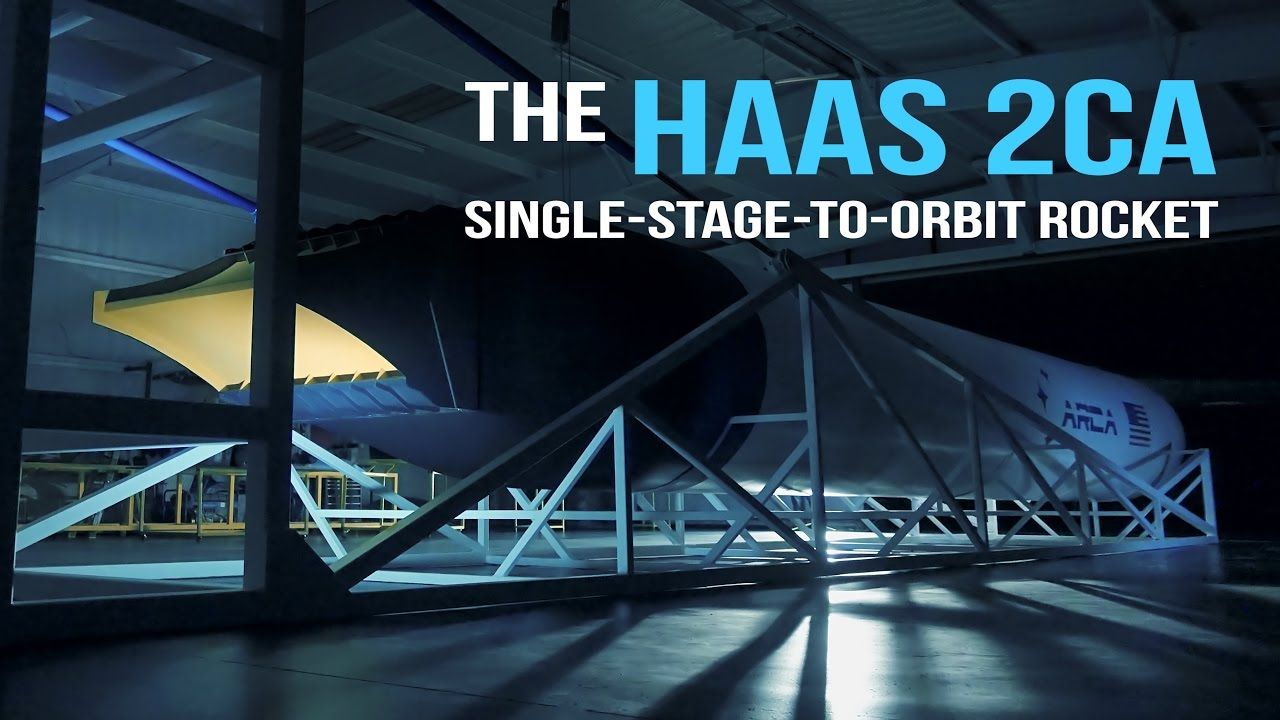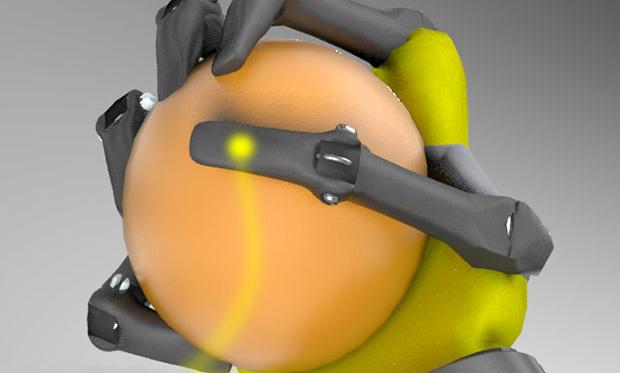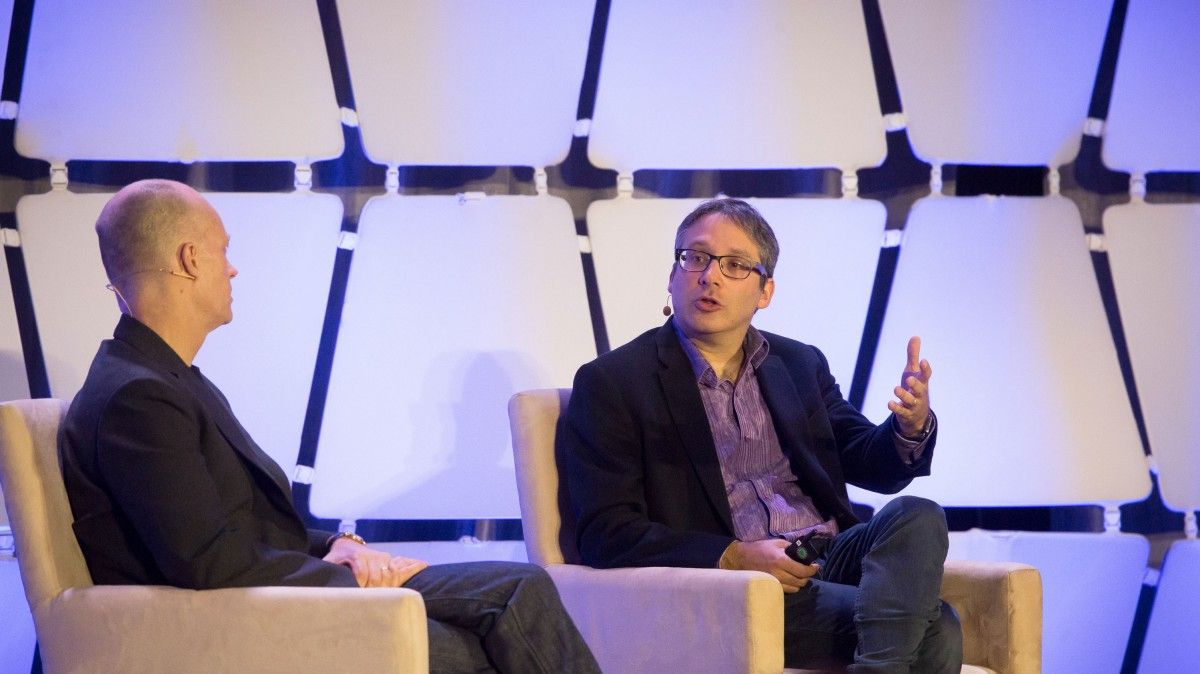We will be able to embed storytelling directly into business strategy development, tell meaningful and memorable stories that truly connect with employees and customers, craft moments that are personalized and frictionless, and as a bonus, have the ability to harness Watson to optimize distribution across channel, demo and geography.
This is particularly resonant as I believe that just as the last twenty years mandated that every organization strive to be a technology company, the next twenty will command every winning corporation to be a content or media brand. In my view, Watson and AI will be the ingredient brand catalyzing tomorrow’s innovation at leading corporations in many ways; but media for certain will be top of the list, as AI assists them in becoming the top content studios of the future. Smaller businesses can scale these ideas using Watson as well as compelling content creation becomes an increasingly important driver of business strategy.
Tomorrow’s business success stories will be fueled by AI that extends beyond the CTO and areas of pure technology and infrastructure, to the CMO and areas ranging from culture to communication to creativity. The winning formula of the future as articulated by IBM will be creativity + technology = meaningful engagement, and the ability to activate purposeful change.
Read more









